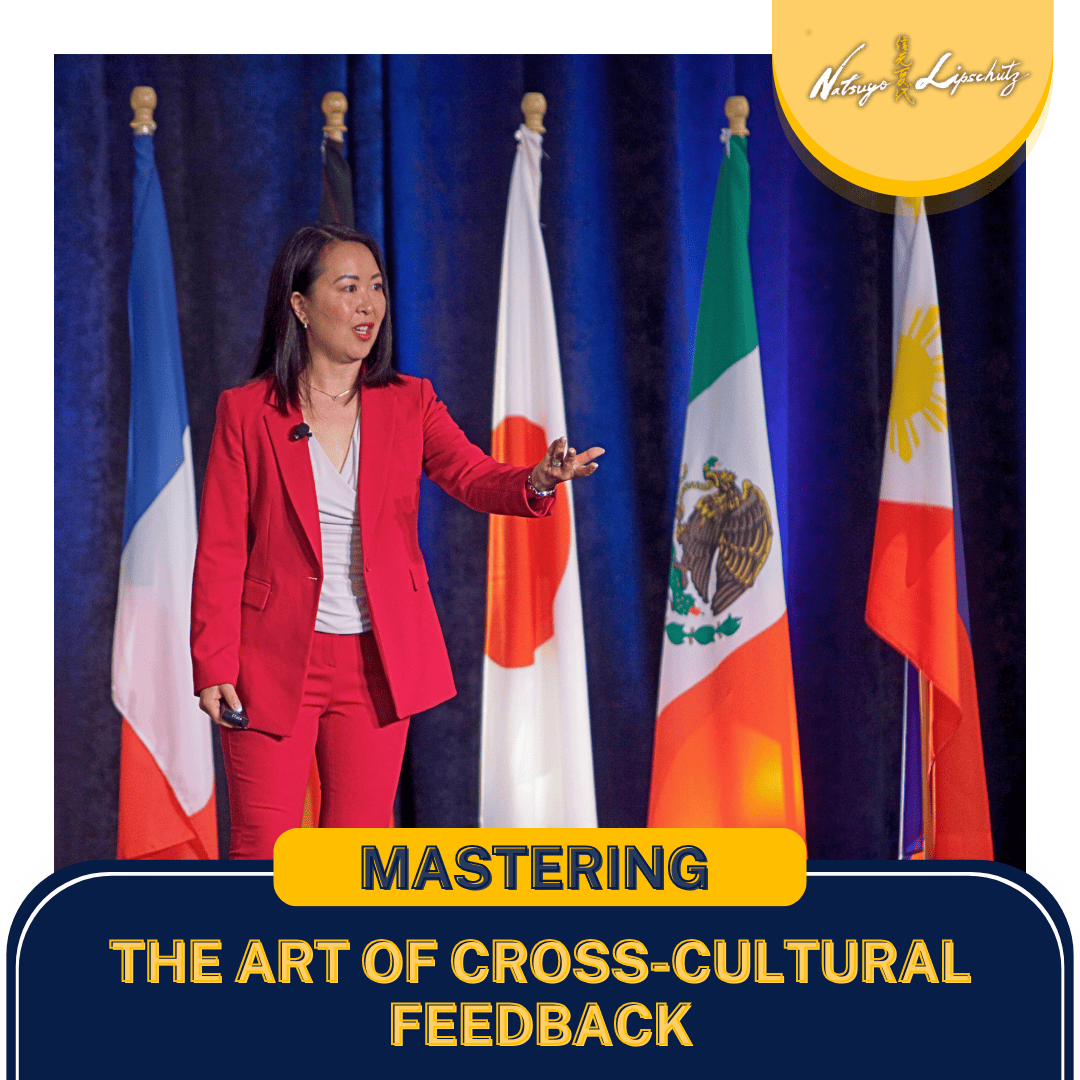
In the global arena where cultures converge, giving cross-cultural feedback isn’t merely a communication skill—it’s a craft that revolves around Acknowledge, Analyze, and Adapt.
Join us on this illuminating journey, as we explore the intricacies of providing cross-cultural feedback that transcends borders and fosters growth.
Cultural Dynamics in Feedback
The first step in this voyage is Acknowledging—the foundation of cross-cultural feedback. It’s about recognizing that beneath the surface of every culture lies a unique set of values, norms, and communication styles. Acknowledging means understanding that the way feedback is perceived varies widely. It’s an invitation to cultural awareness, where we respect and honor diverse perspectives.
Receive Feedback Gracefully
Feedback is a two-way street. Cultivate active listening skills when receiving feedback from individuals from different cultures. Allow them to express their thoughts and concerns, demonstrating your commitment to mutual growth.
The Power of Specifics
Vague feedback can be misinterpreted or overlooked. Be specific in your observations and recommendations. Use concrete examples to illustrate your points, ensuring clarity and actionable takeaways.
Nuances of Cultural Feedback
As we delve deeper, the Analyze element comes into play. Just as a detective unravels a mystery, we examine cultural nuances to discern the threads of feedback. Analyzing involves delving into the cultural context that shapes how feedback is given and received. It’s about recognizing that what may be seen as constructive in one culture could be perceived as harsh in another.
Beyond Words
When it comes to cross-cultural feedback, it’s important to remember that nonverbal signals can carry a lot of meaning. Take notice of body language, tone of voice, and facial expressions. Keep in mind that different cultures may interpret these cues differently.
Timing is Key
Consider cultural holidays, important events, or sensitive periods when providing feedback. Timing matters in cross-cultural interactions. Choose moments that align with the cultural calendar to ensure your feedback is well-received.
Encourage Self-Reflection
We should actively promote the notion that feedback serves as more than mere critique; it stands as a valuable instrument for fostering both personal and professional growth.
I encourage you to advocate among your fellow team members the practice of pausing for self-reflection and leveraging the feedback they receive as a means to establish purposeful objectives for enhancing their performance.
Effective Cross-Cultural Feedback
Adaptation, the final note, empowers us to navigate the terrain of cross-cultural feedback with grace. It’s not about diluting the message, but about adjusting the delivery to resonate with cultural sensibilities. Adaptation means recognizing that there is no one-size-fits-all approach to feedback. It’s a commitment to ensuring that our feedback is well-received and promotes growth across cultures.
In Conclusion: Building Bridges Through Feedback
In a world where cultures converge and communication knows no boundaries, giving feedback across cultures isn’t just an option—it’s an imperative for growth and understanding. Through Acknowledge, Analyze, and Adapt, we craft bridges that transcend cultural divides. As we journey forward, let’s remember that by embracing the art of cross-cultural feedback, we enrich not only our interactions but also the tapestry of global collaboration.
Be Involved: Elevate Your Cross-Cultural Feedback Skills
Ready to embark on your journey to becoming a cross-cultural feedback maestro?
Together, we’ll bridge cultures and nurture growth:



